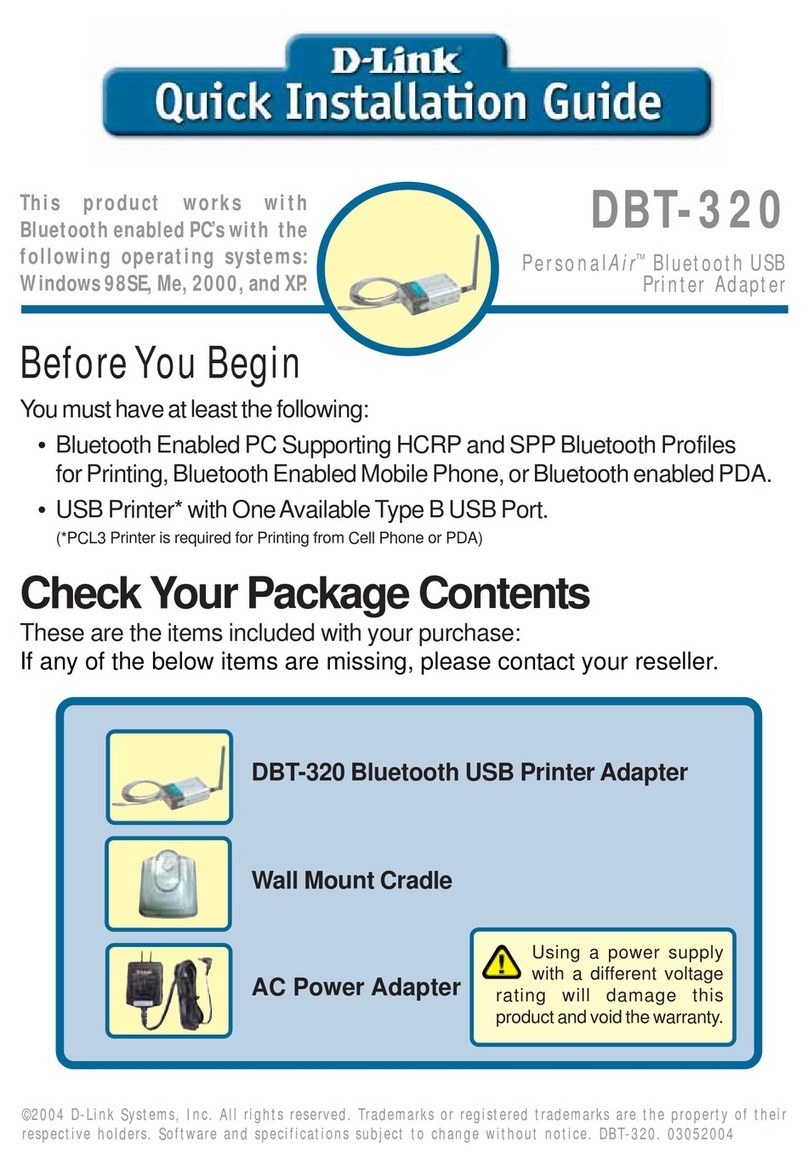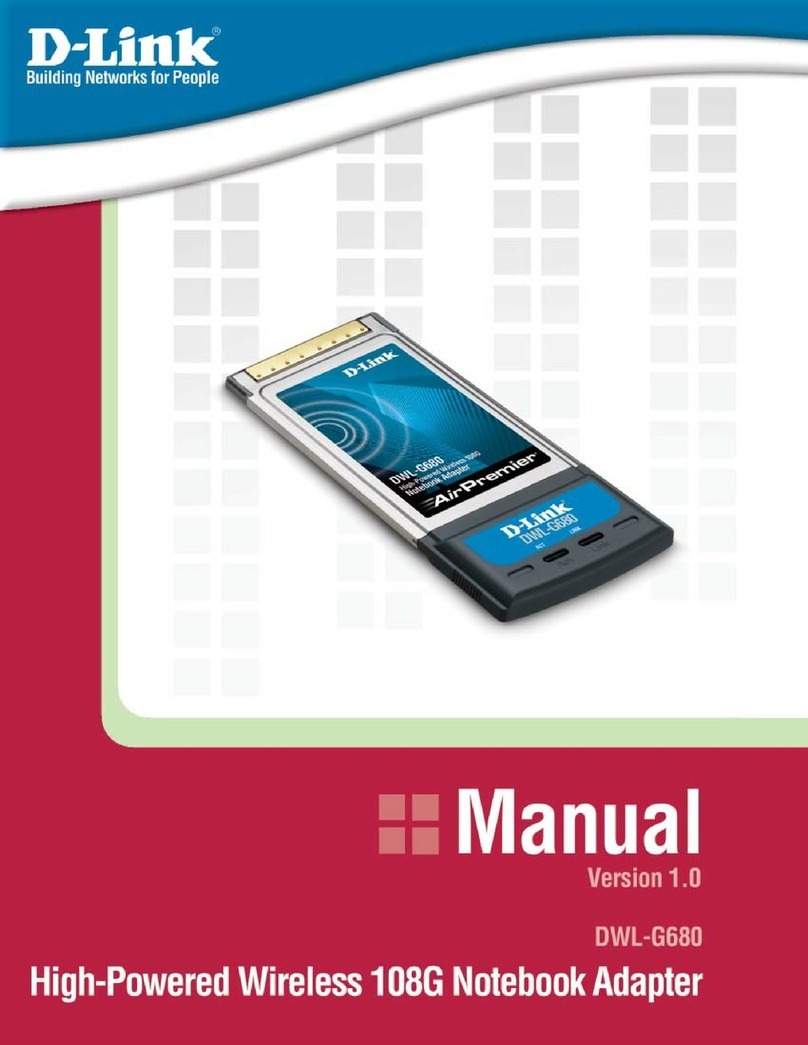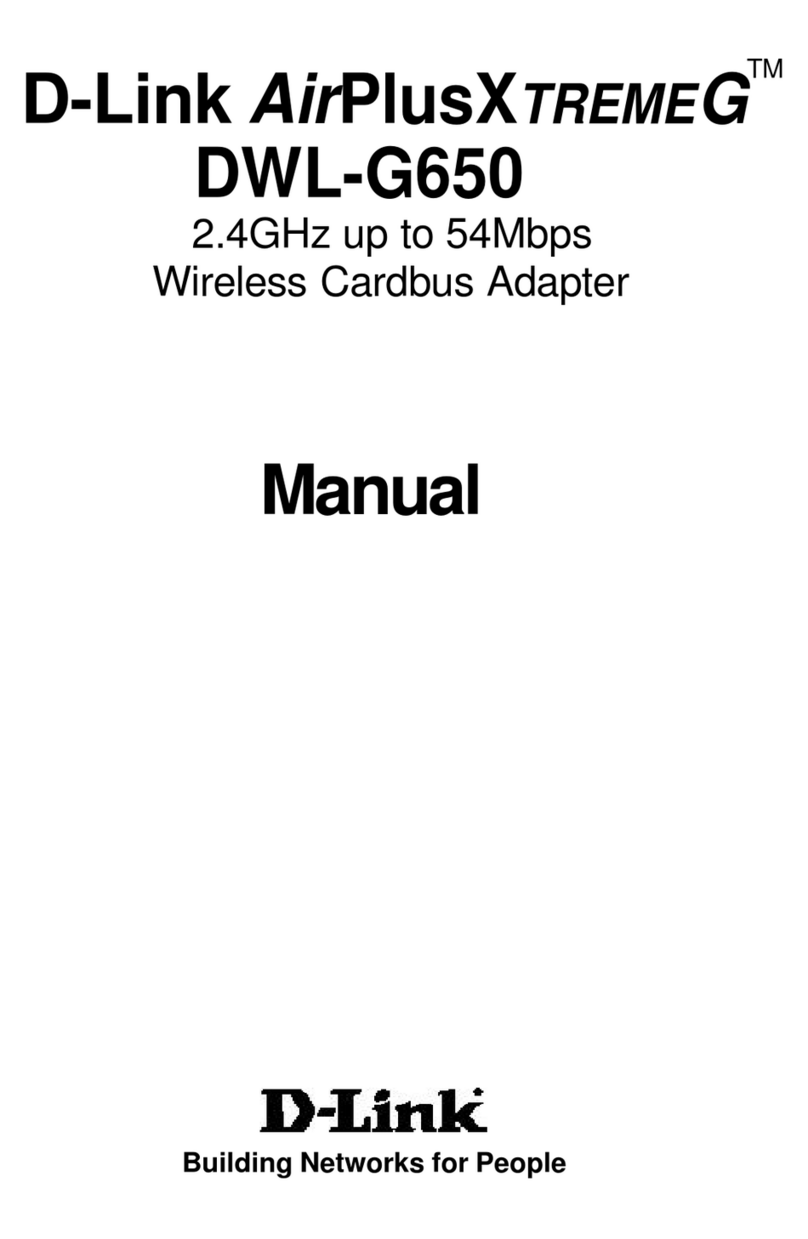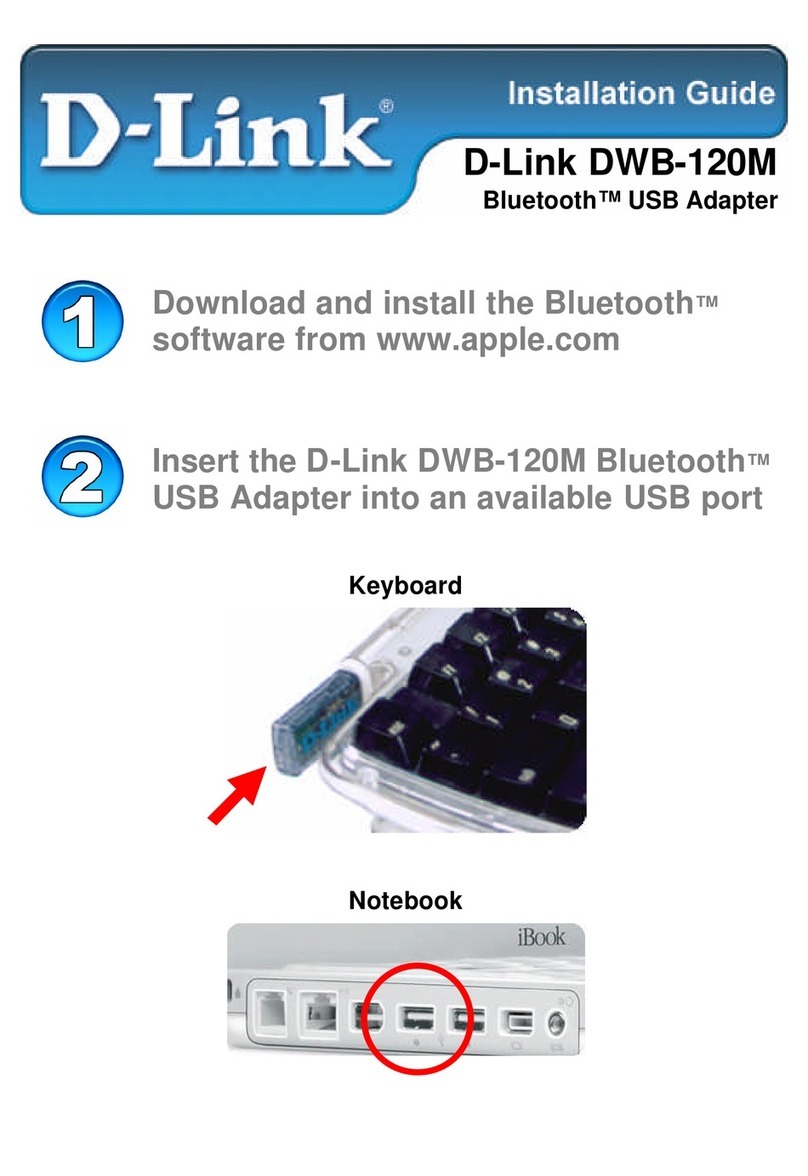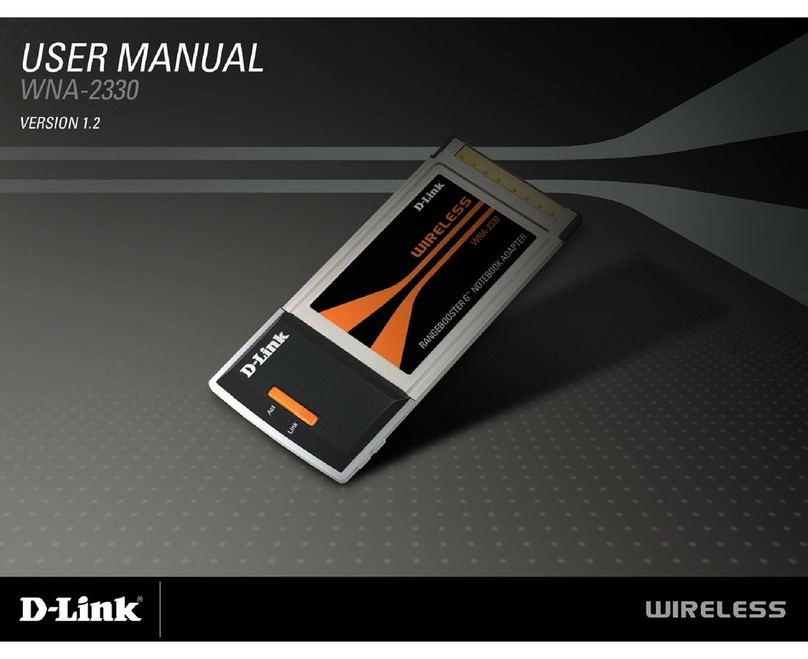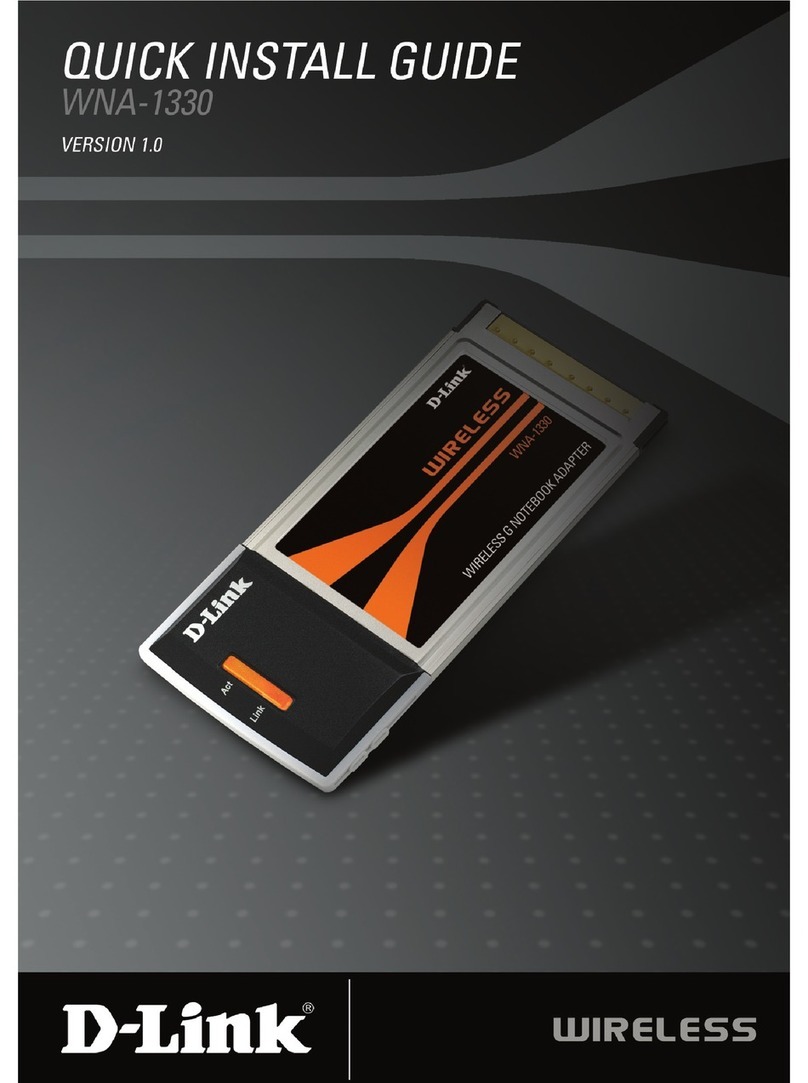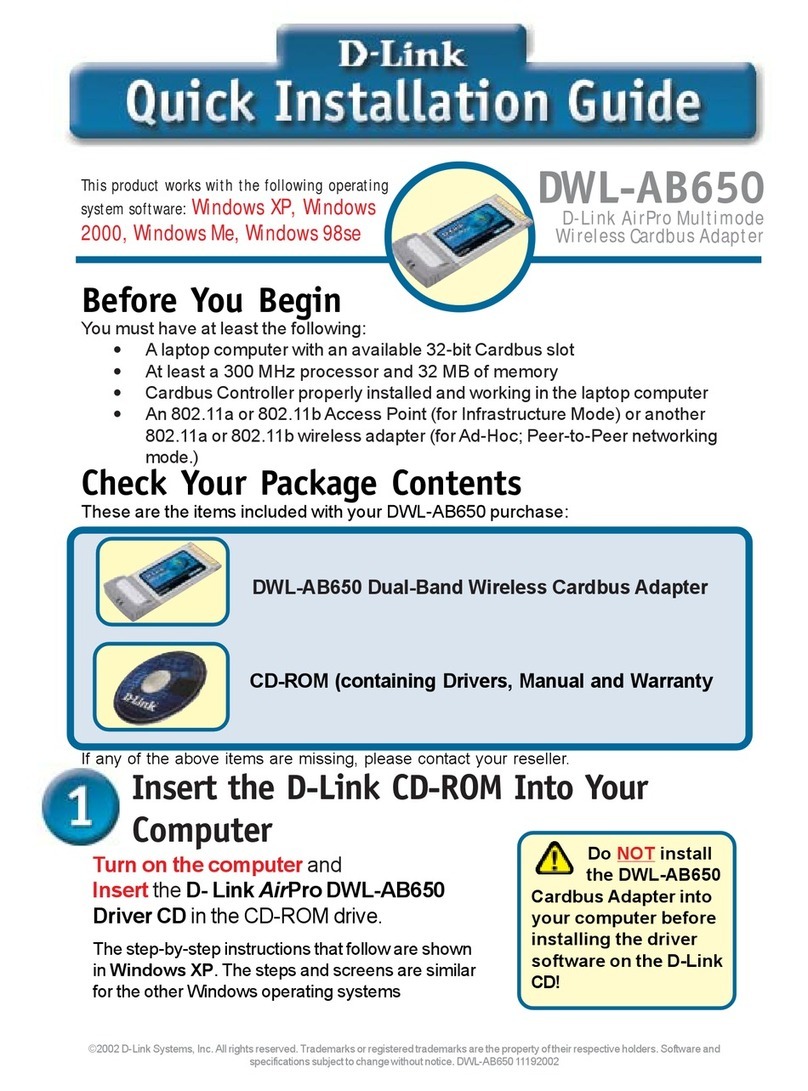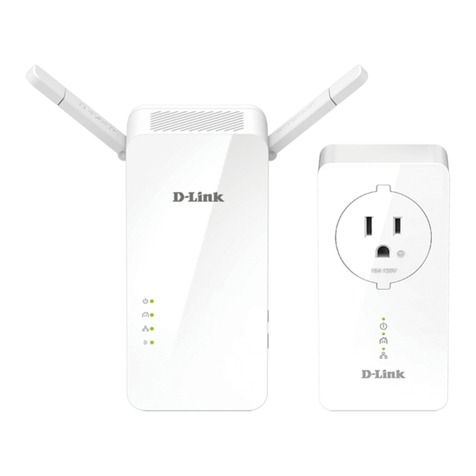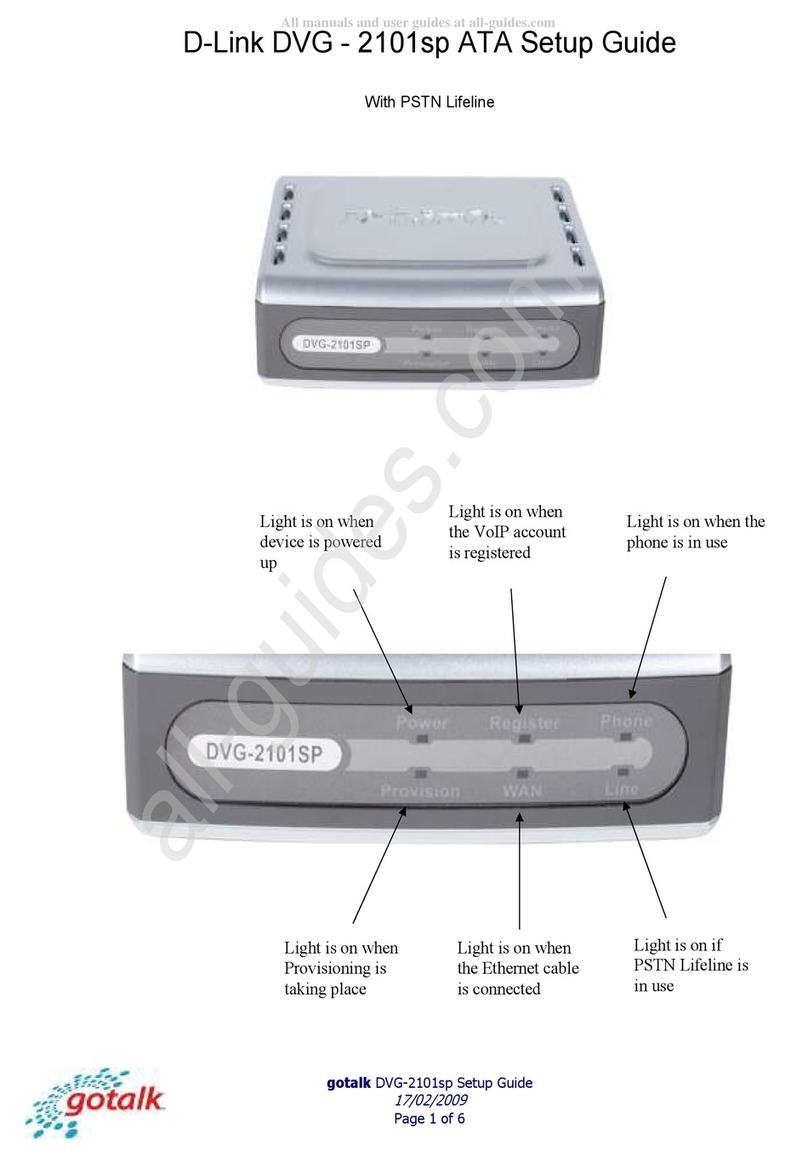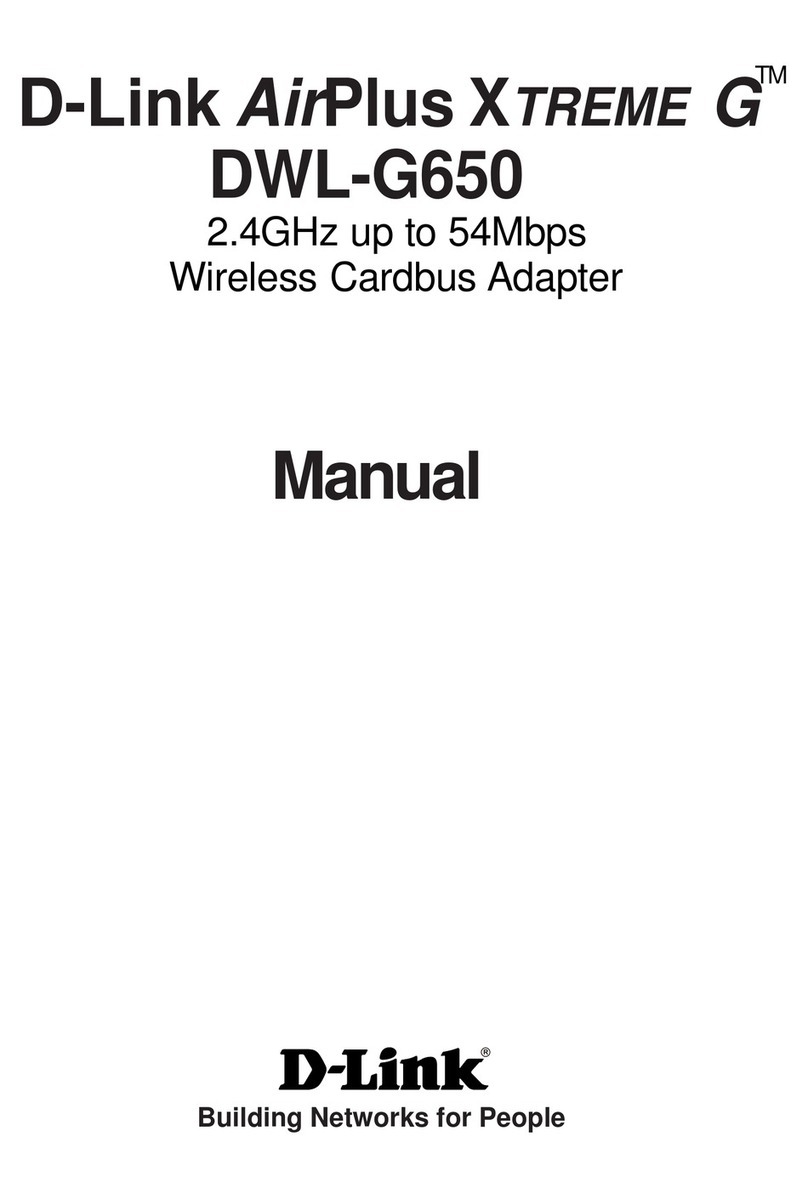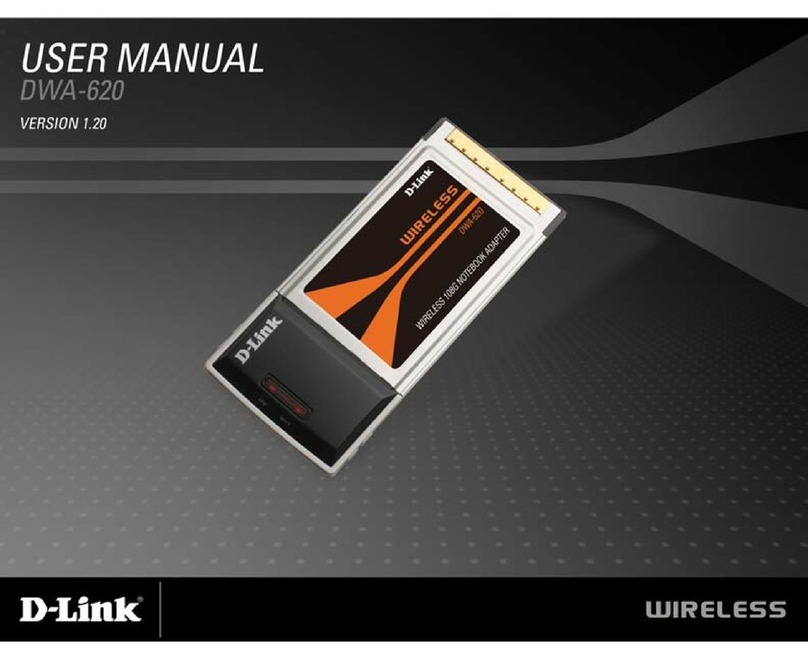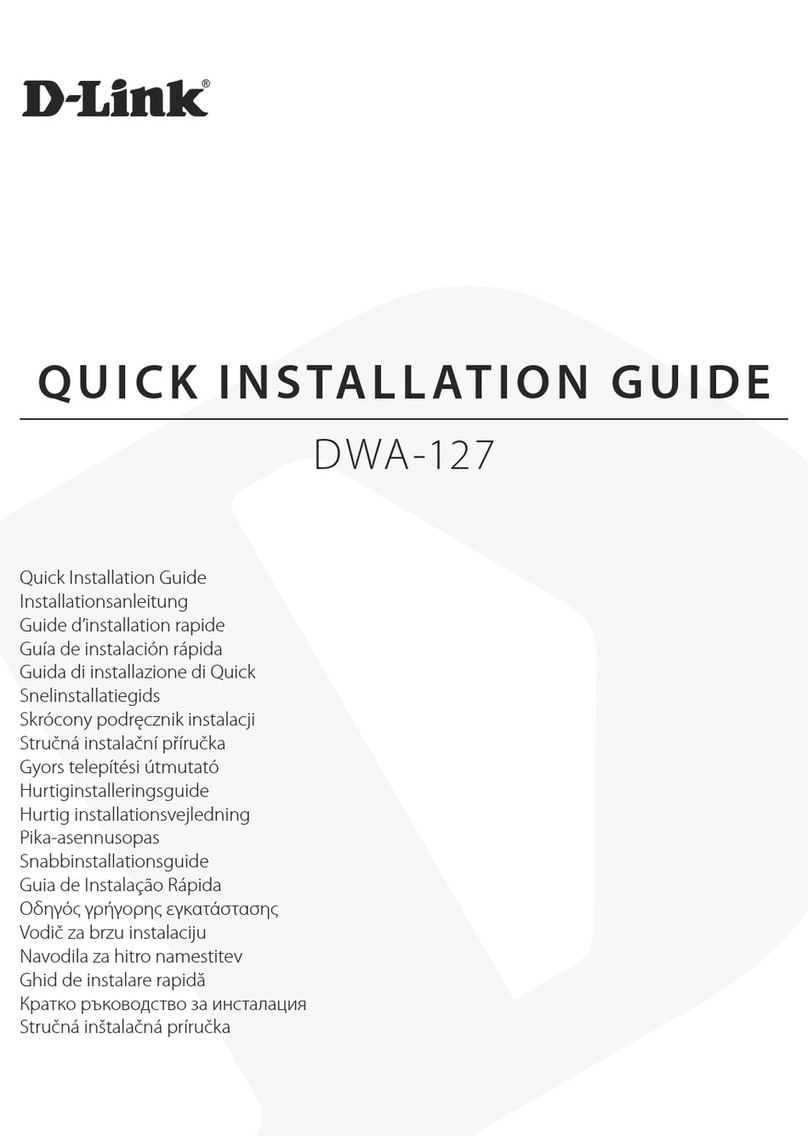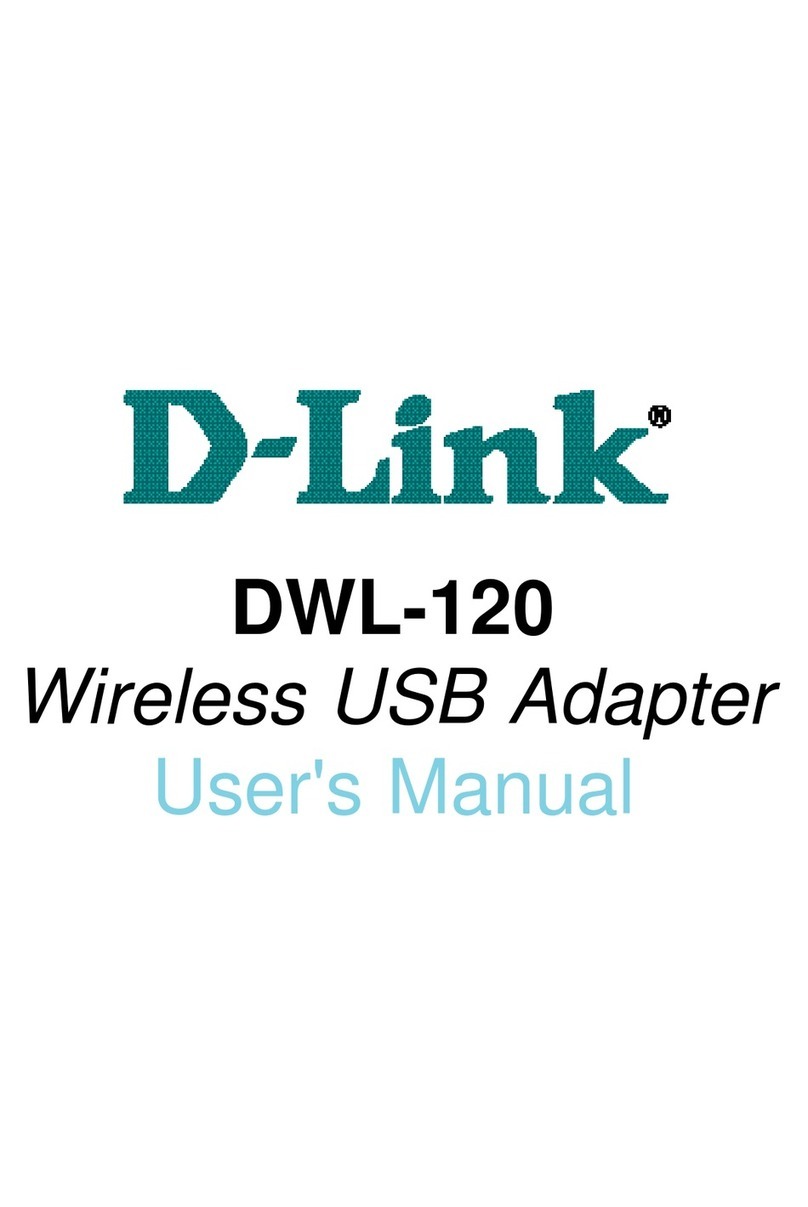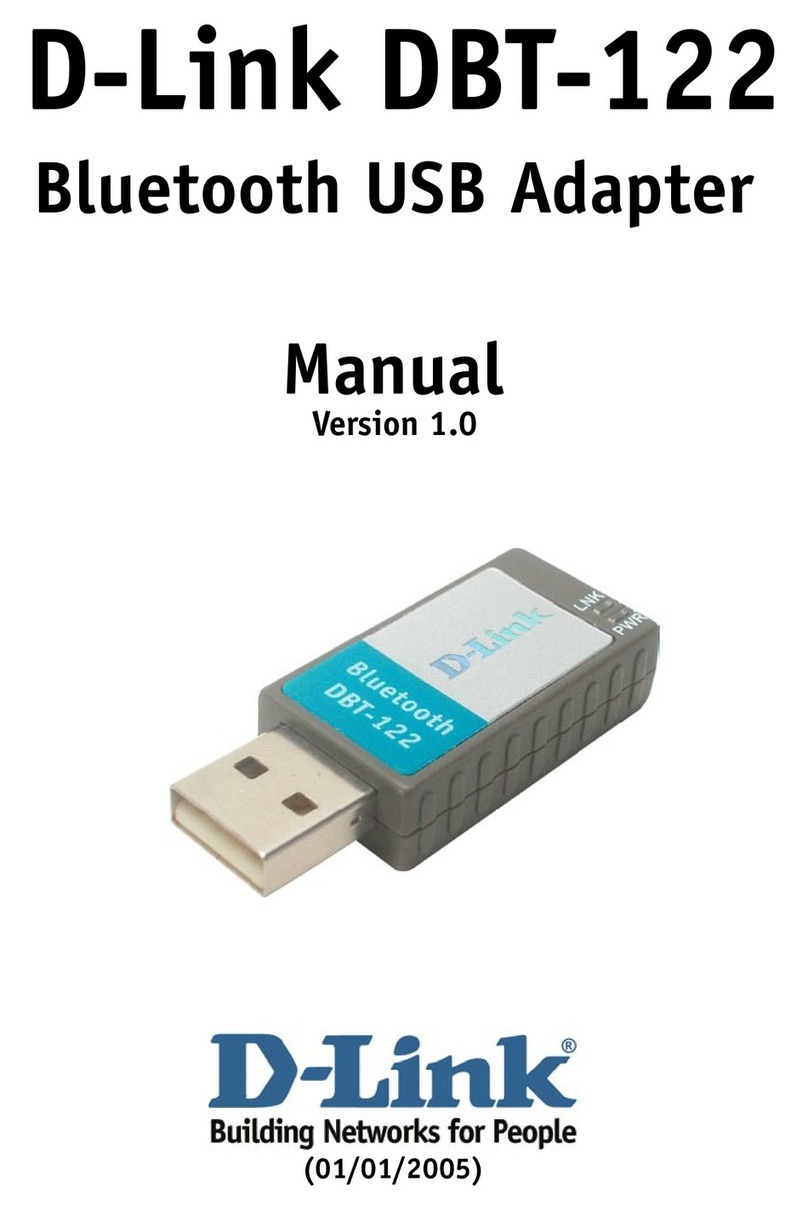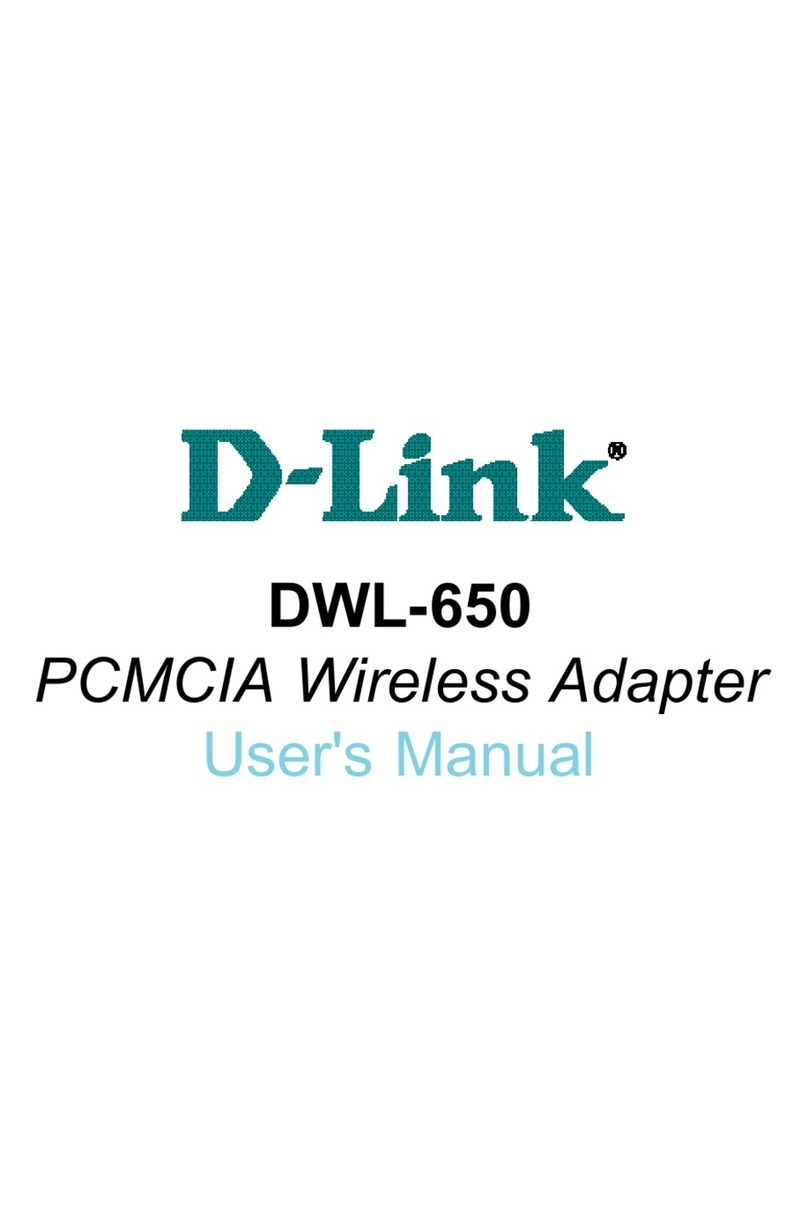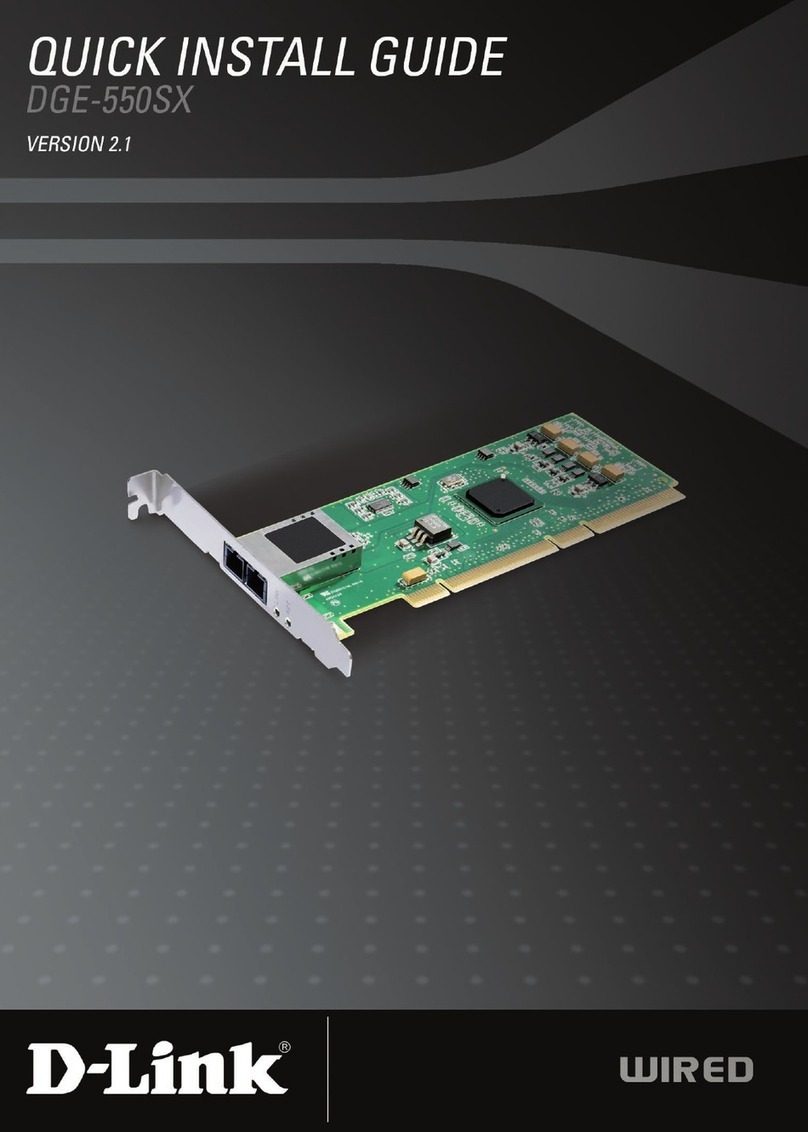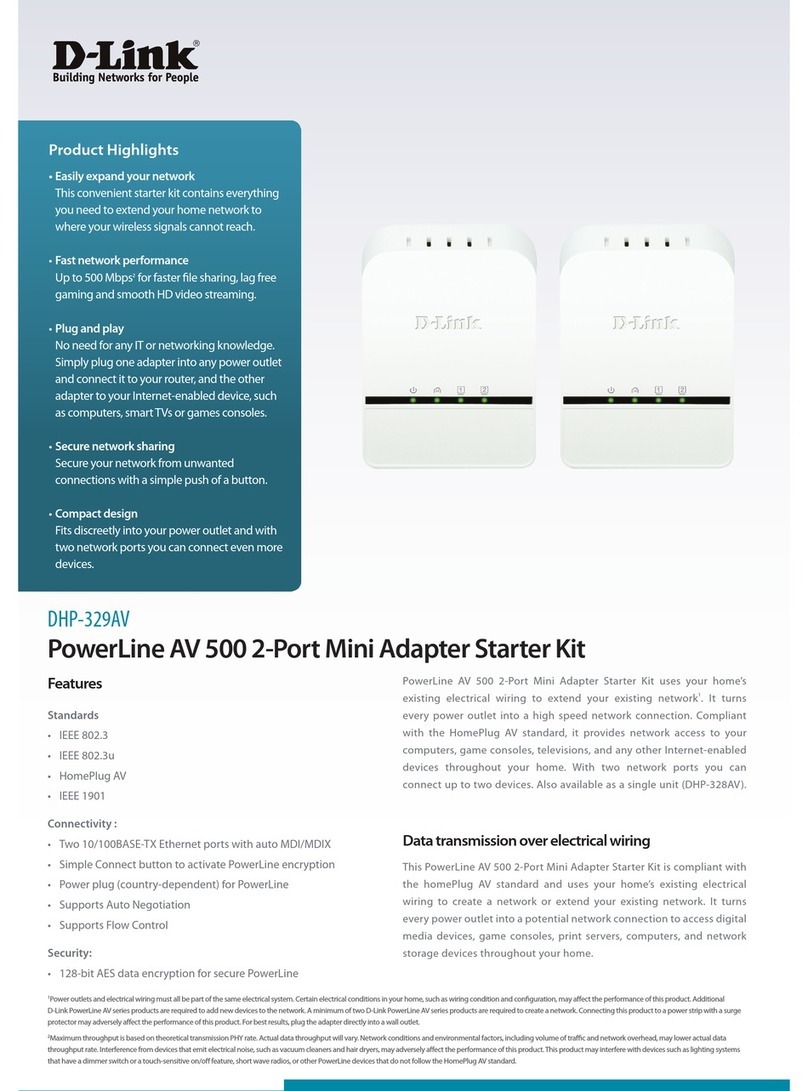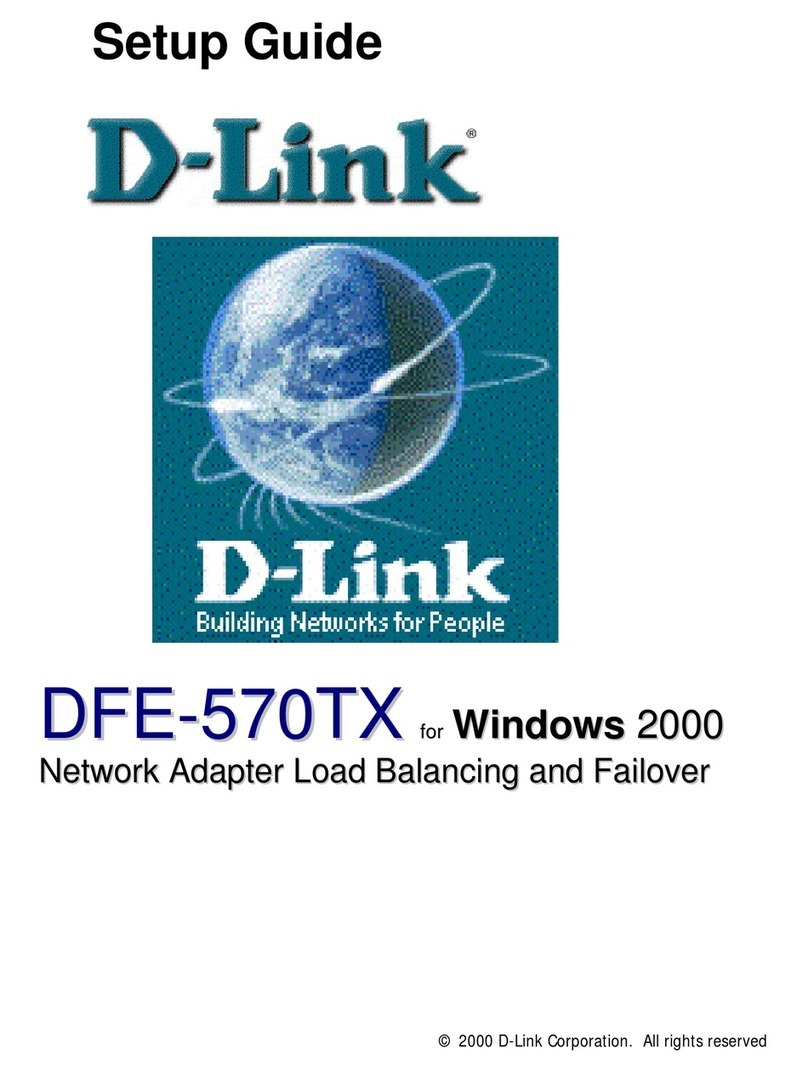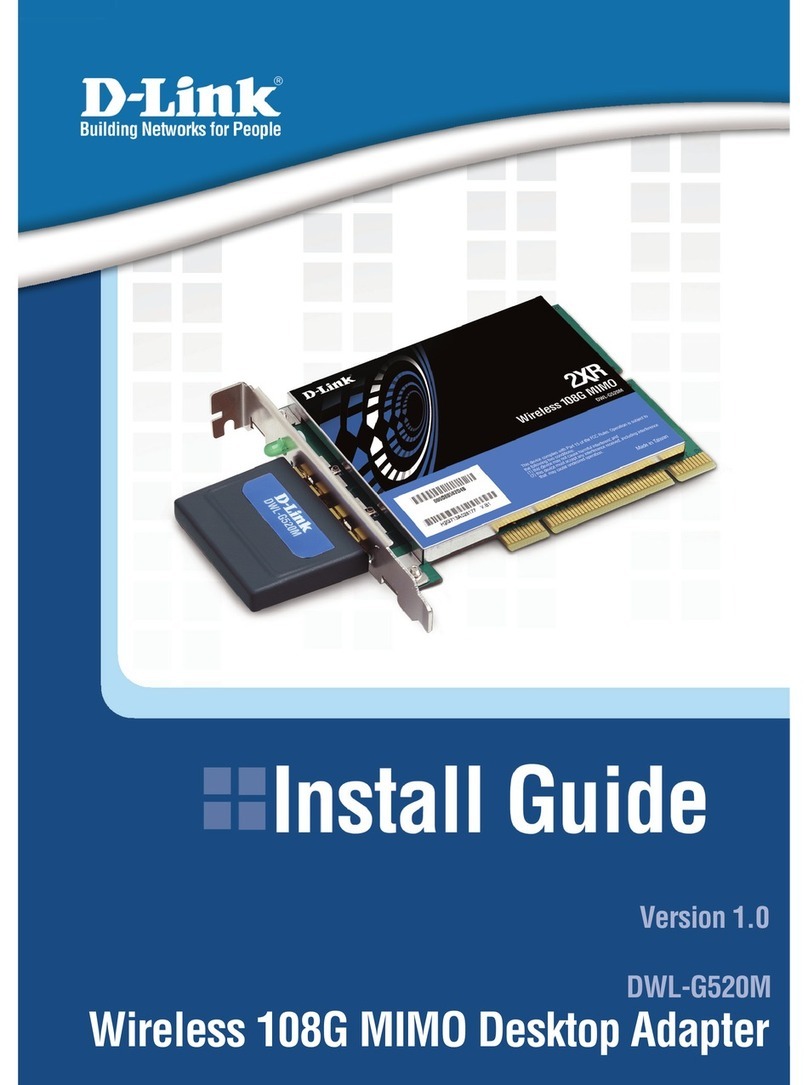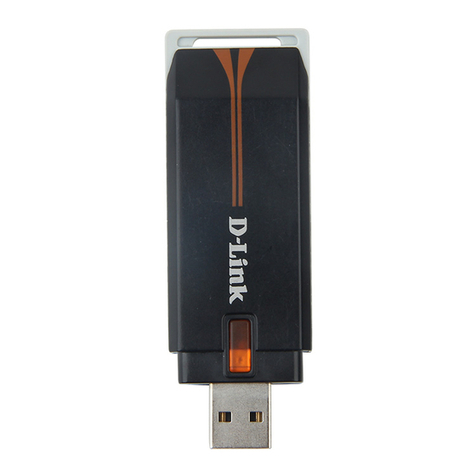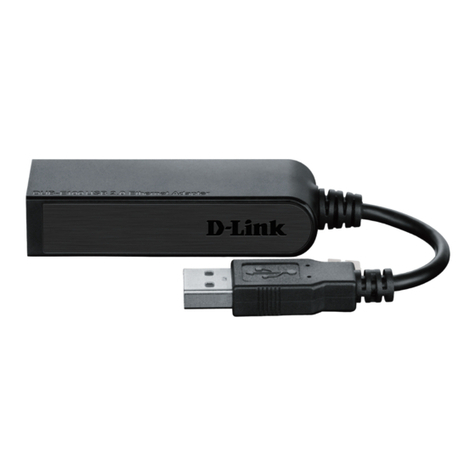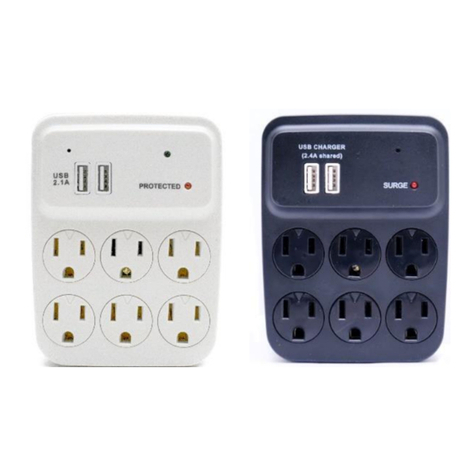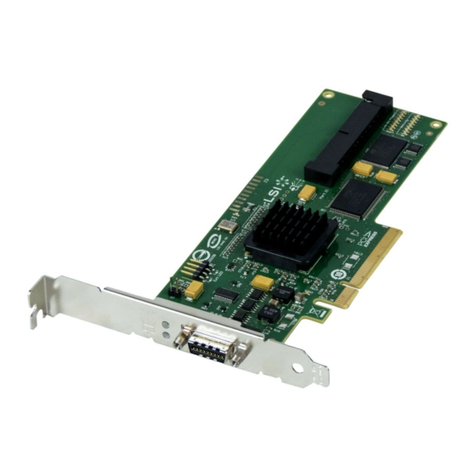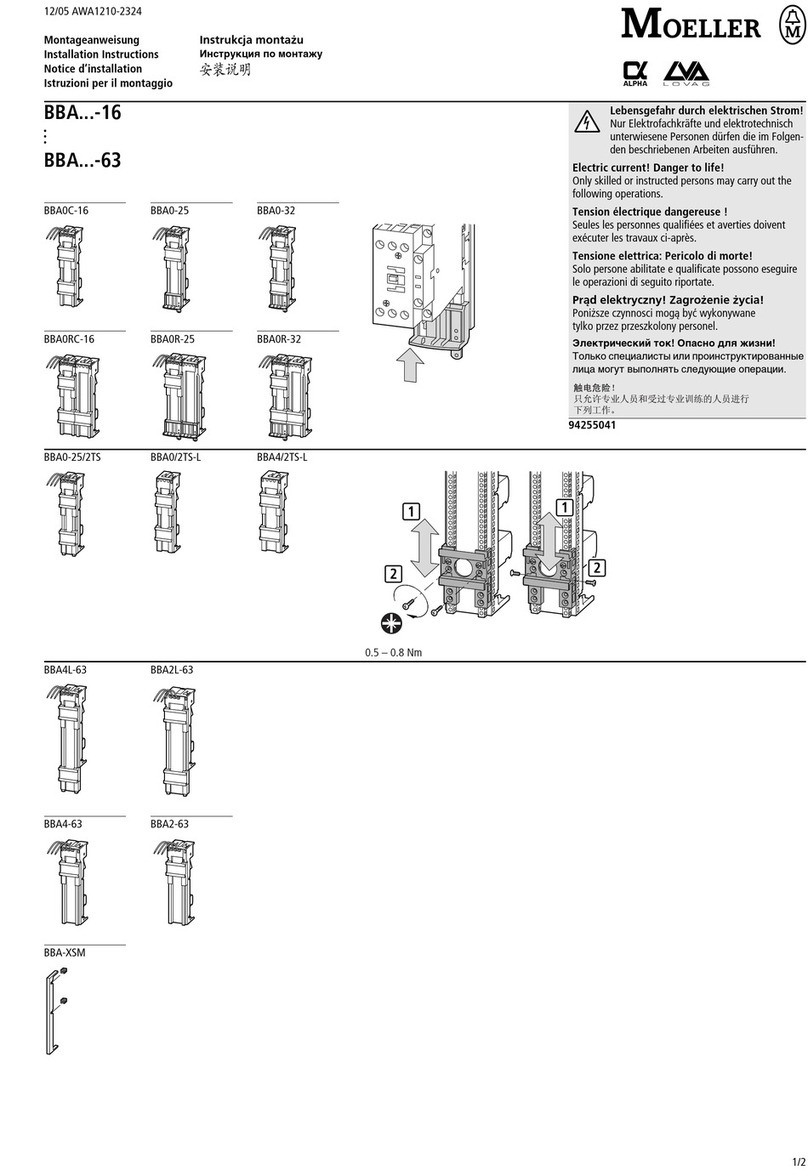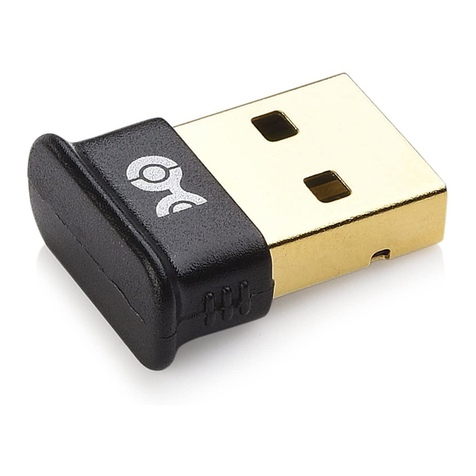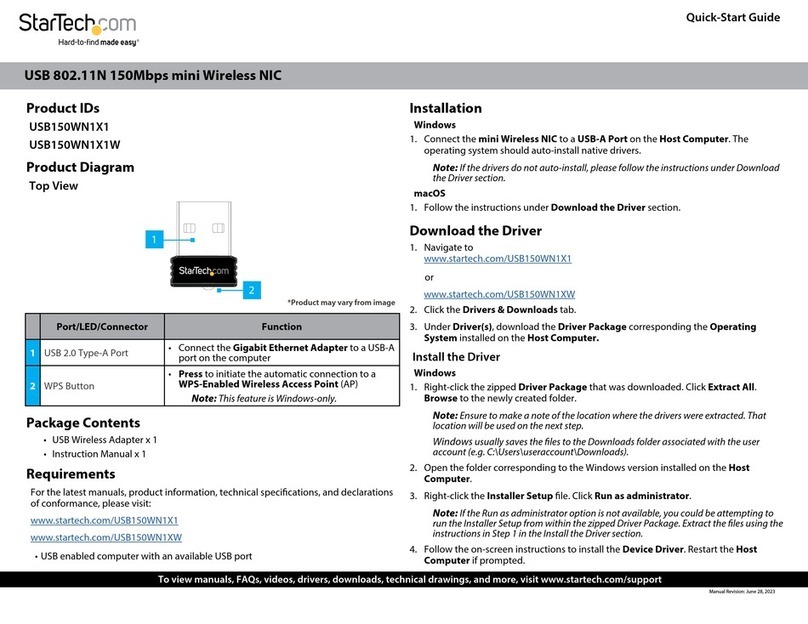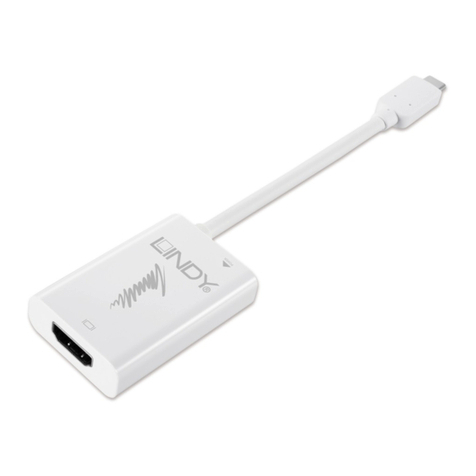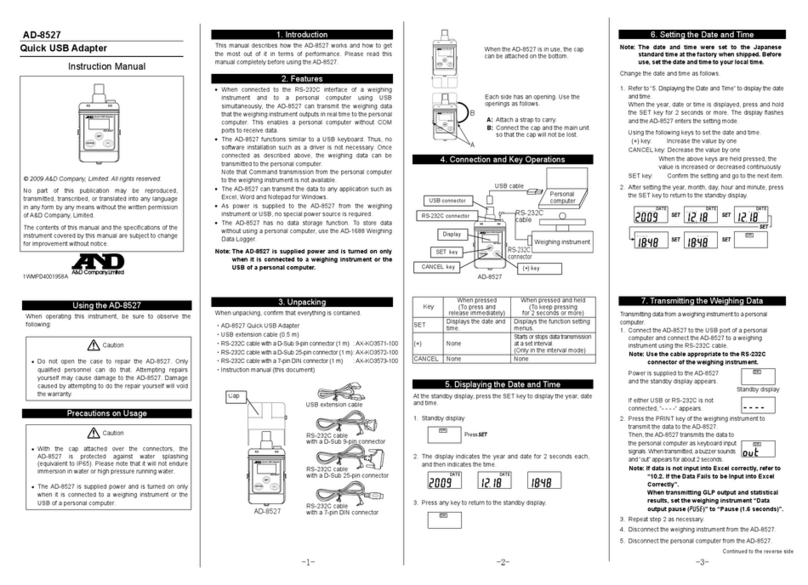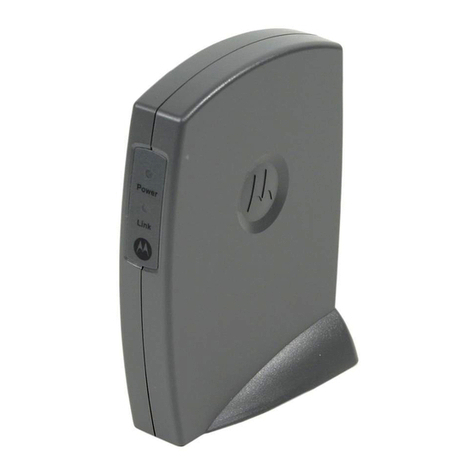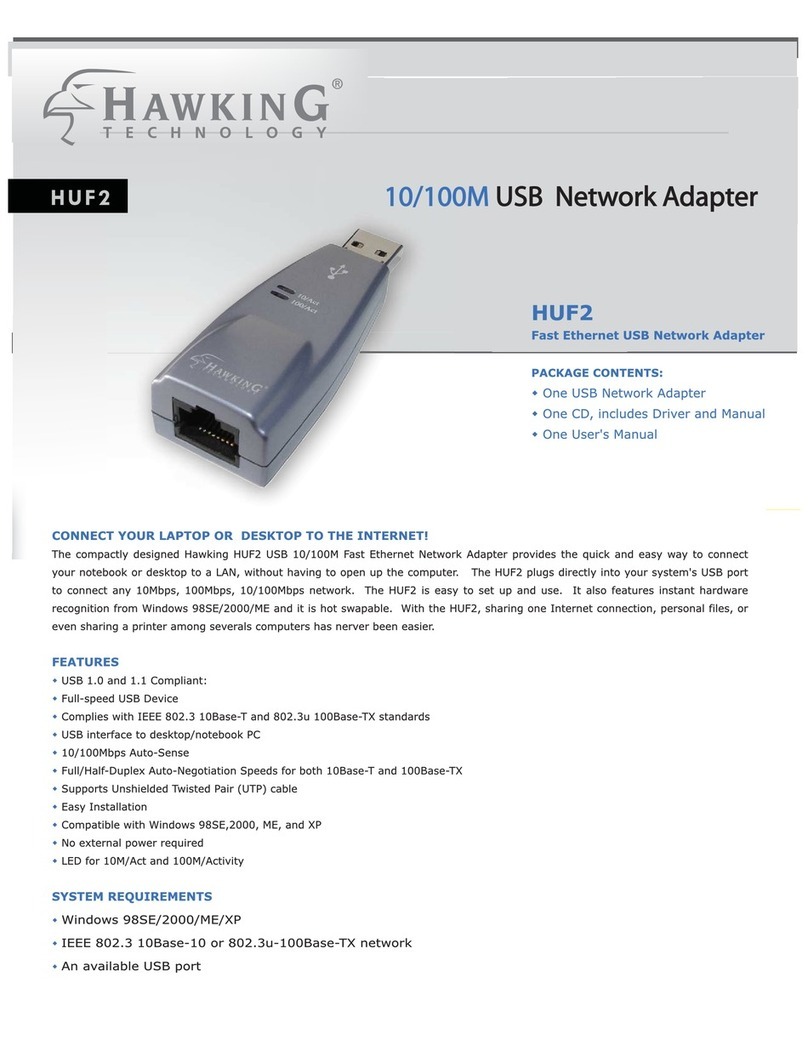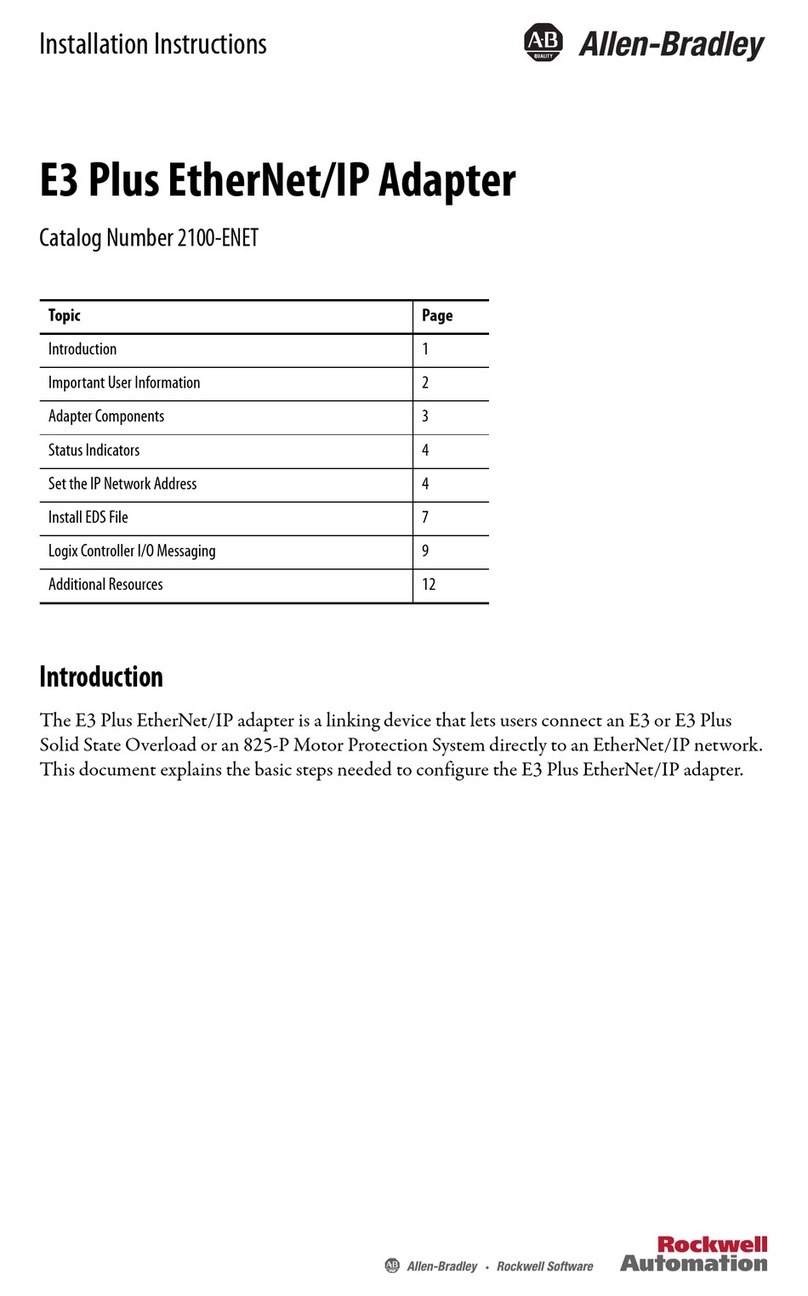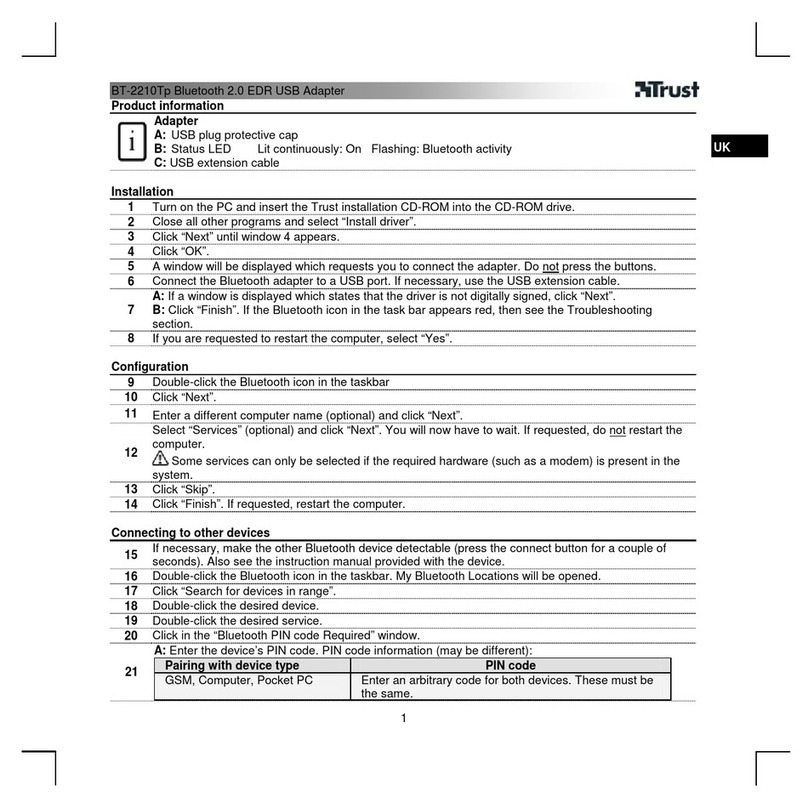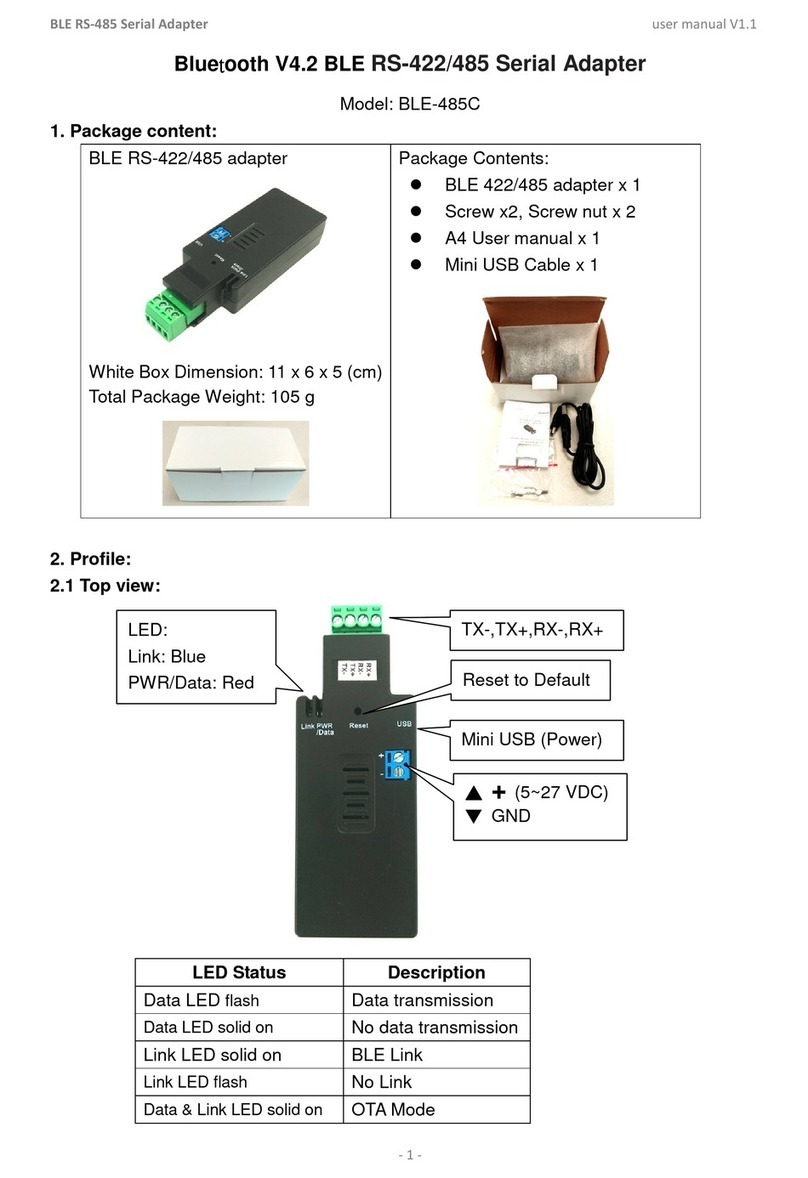About Auto-Negotiation
You have probably had the experience of making a dialup connection through a
modem, and have heard the exchanges between your modem and the modem at the
other end of the telephone line. As irritating as those few seconds of noise may be,
they do let you know that your modem and the remote modem are on the job,
preparing for your intended communication with the remote computer.
When the two modems have tested the phone-line quality and settled on the
combination of shared options and parameters which will provide the best data
communication over the connecting phone line, then you are given the “connect”
message which signals the end of the intermodem negotiation and the beginning of
your intended communication with the remote computer.
Auto-negotiation between devices within an Ethernet LAN is similar in concept, but
much briefer. The two devices involved in the auto-negotiation will be the DFE-
528TX Adapter serving your station (installed in your computer), and the hub
through which it is connected to the LAN. The options to be negotiated between
the DFE-528TX and its supporting hub includes Ethernet type (100BASE-TX Fast
Ethernet of 10BASE-T Ethernet) and duplex mode (half-duplex, being one-way-at-
a-time, or full duplex, being simultaneous transmit-and receive.)
Startup communication between the two devices occurs when both devices are
powered up. Once the cable connection and the Network Operating System
software is satisfied, the preparatory process of auto-negotiation between the DFE-
528TX and its supporting hub proceeds automatically. If the hub has auto-
negotiation functionality, it and the DFE-528TX exchange a series of messages,
each device signals its capabilities and listens for corresponding information about
the other. The auto-negotiation process requires only a few milliseconds, and the
two devices select the best communication parameters supported by both.
If the hub does not support auto-negotiation, the (single capability) message will be
